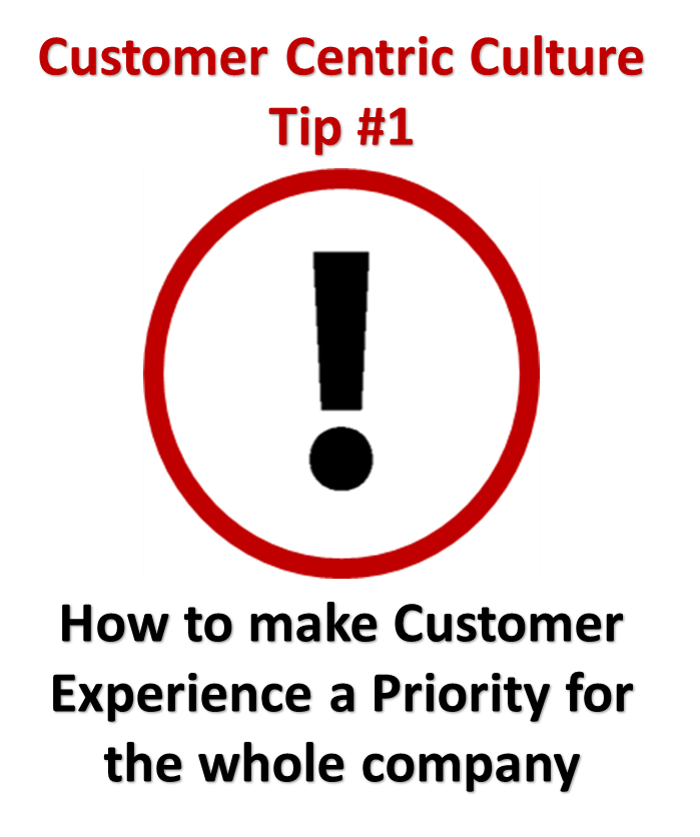Buried deep in federal law is the “Durbin Amendment,” an obscure provision that instructed the Federal Reserve to study the complex and fast-changing electronic payments market and then divine the correct price that retailers should be charged for accepting debit cards.
When a consumer uses a debit card, the bank or credit union who issued the card receives a fee from the merchant to offset the cost of running the debit card system. Known as “interchange,” this fee is invested in ensuring that the debit card system (comprised of hundreds of millions of participants) operates efficiently, safely, and keeps up with consumer needs.Before the Durbin Amendment, the market set the price of accepting debit cards. Retailers eagerly signed up as debit cards became a popular substitute for cash and checks. Since retailers had exited the resource-intensive payment card business years before debit cards took off, stores relied on financial institutions to issue debit cards, build the system to process them, and to open and maintain the underlying deposit account attached to the card. In exchange for a turnkey payment solution which assured payment for valid transactions (and cut down on costly check and cash processing), merchants agreed to interchange as a cost of doing good business.
But the Durbin Amendment represented a major government intervention by making the Fed the arbiter of debit interchange, a task they did not request. The debit price control law was hastily assembled and tacked onto the virtually unrelated Dodd-Frank Act at the 11th hour. It passed with little notice and without hearings or robust debate, handing one industry a victory without considering the unintended consequences of government second-guessing the market.
For one, the Fed wrote a regulation which differed from what retail lobbyists anticipated. They sued for a better deal and lost. Their arguments did not impress economists or judges when put under strict scrutiny, and yet the litigants ensured that all three branches of government were drawn into the minute mechanics of market forces.
Read more »







 November 30th, 2018
November 30th, 2018  TBI Admin
TBI Admin 






